Next Gen Graphics, Part 2: PlayStation 2, Dreamcast, Nintendo 64, and More
Our visual look into the graphical leaps between console generations continues
This article first appeared on USgamer, a partner publication of VG247. Some content, such as this article, has been migrated to VG247 for posterity after USgamer's closure - but it has not been edited or further vetted by the VG247 team.
Every time there's a new generation of consoles, there's a certain amount of skepticism as to whether game graphics can get any better or if the console is worth the upgrade. It's a pretty subjective measure and nostalgia can muddy up the waters a bit - who doesn't remember the first console they really wanted for Christmas? - but graphics do improve with every generation. Developers become more adept with each console and begin to learn the tricks and shortcuts to make amazing things happen.
This series, Next Gen Graphics, is about the jumps each generation makes when it comes to graphics. We'll look at the early games of each major console for each generation and contrast them with similar games on that console when the next generation launched.
Part 1: NES, Master System, Genesis, and Super NES
Part 3: Wii, PlayStation 3, Xbox 360
We'll continue the series with the fifth and sixth generations of home consoles, which include the Sega Saturn, Sega Dreamcast, Sony PlayStation, Sony PlayStation 2, Nintendo 64, Nintendo GameCube, and Microsoft Xbox. In the interest of space, I was going to cut out the Sega Saturn and Sega Dreamcast due to their short time on the playing field, but one reader requested the Saturn. Ask and ye shall receive! Being that this is USgamer, we'll also be focusing on the North American lineups and release dates. Click on images to enlarge, where applicable.
Generation 5
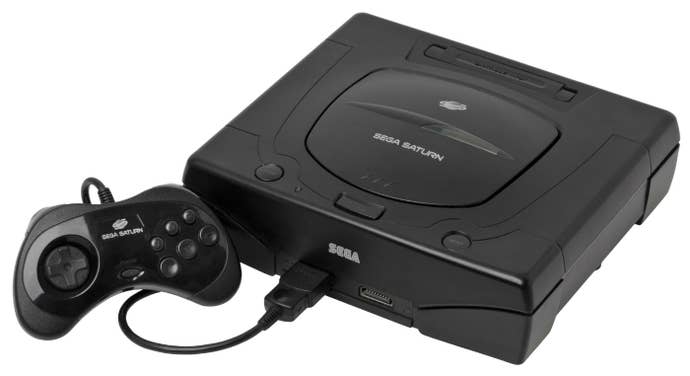
Sega Saturn
The Sega Saturn was launch on May 11, 1995, with a lineup of five games that included Virtua Fighter, Panzer Dragoon, and Daytona USA. Like the Sega Master System, the Sega Saturn had a pretty short run - only four years - before Sega scrapped the entire thing to launch the Dreamcast. In fact, though the Dreamcast didn't come out until 1999, it was hard for me to find Saturn releases in the United States after 1997.
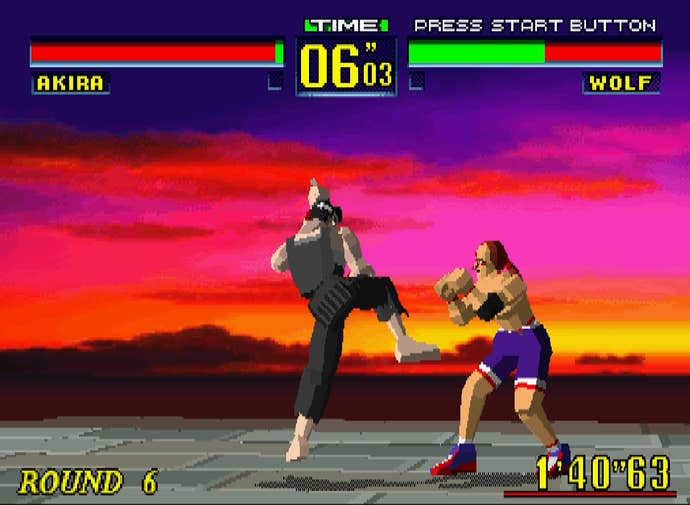
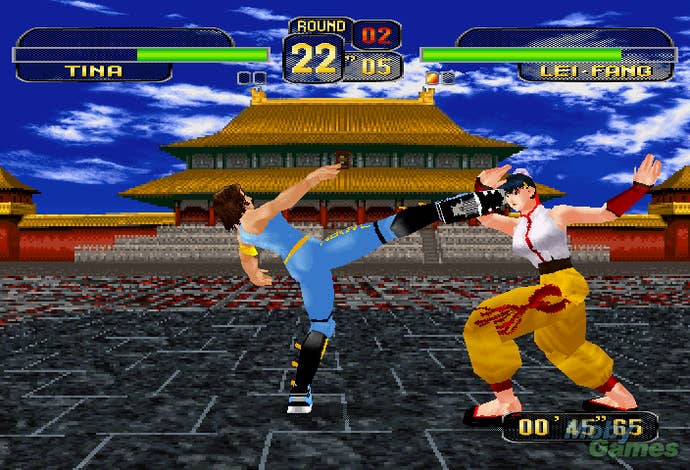
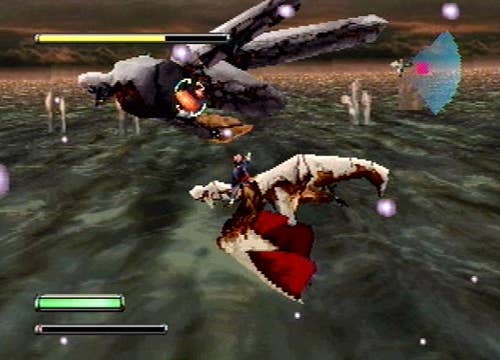
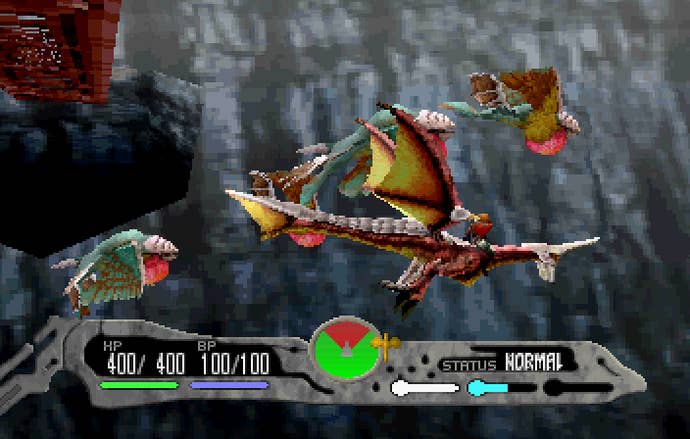
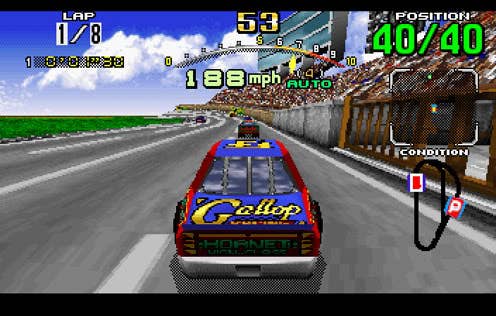

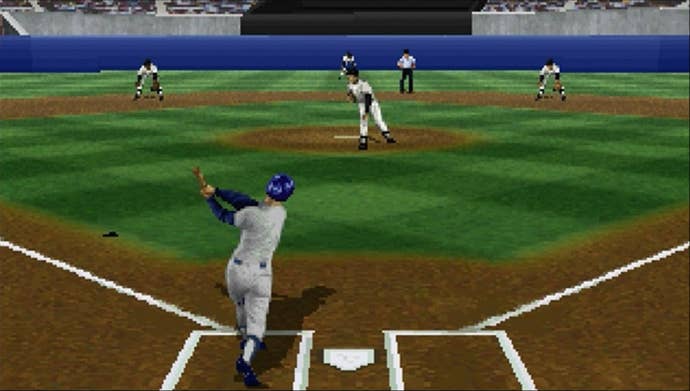
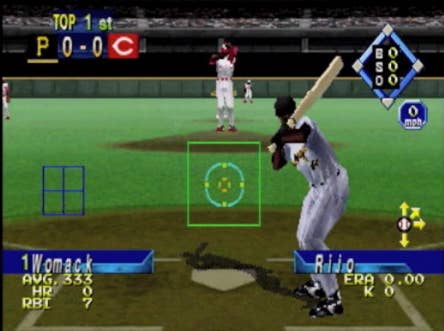
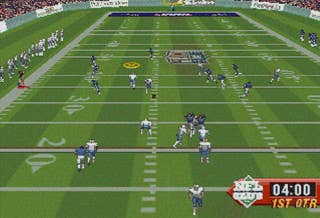
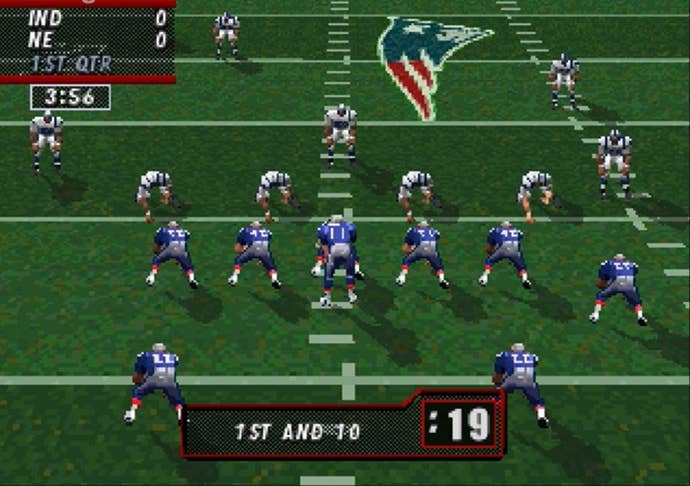

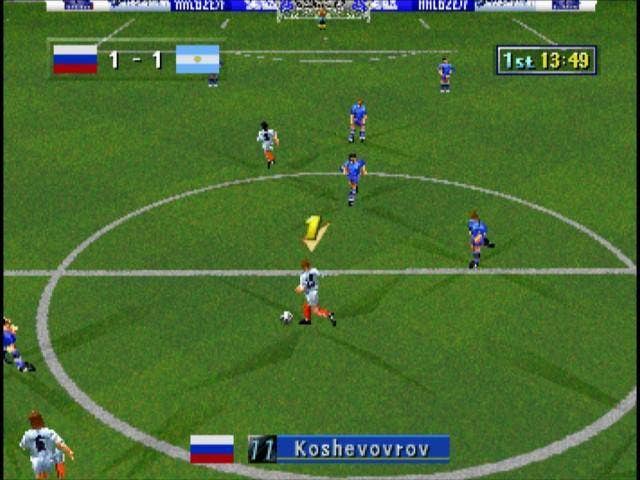
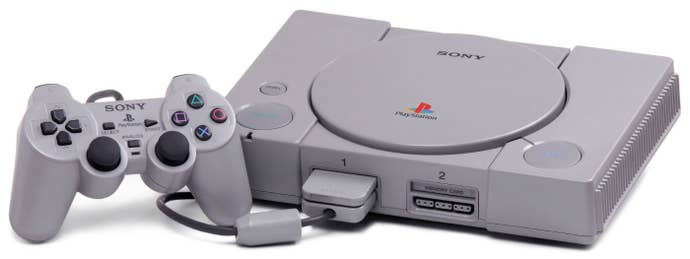
Sony PlayStation
And here it is, the console that came out of nowhere and defined an entire era. Prior to the PlayStation, Sony had sold televisions and Walkmans, but no one expected that they could sell a console, too. The first PlayStation launched on September 9, 1995, with a ten game launch lineup. Battle Arena Toshinden, Rayman, and Ridge Racer were the highlights at launch, unless you count the horrible Street Fighter: The Movie game. The first PlayStation had a firm place on store shelves for five years, when its successor finally released.

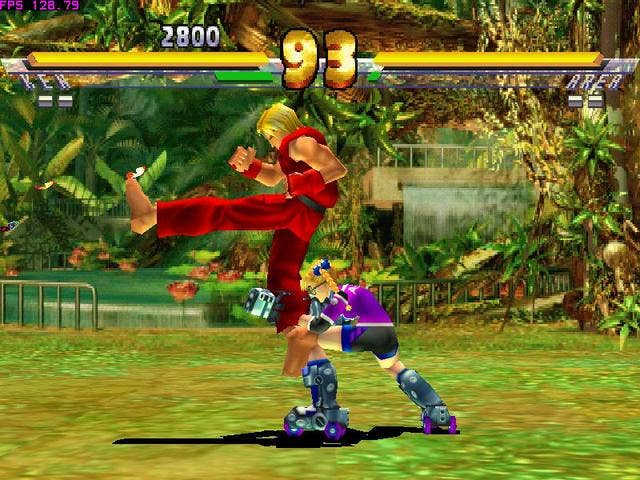

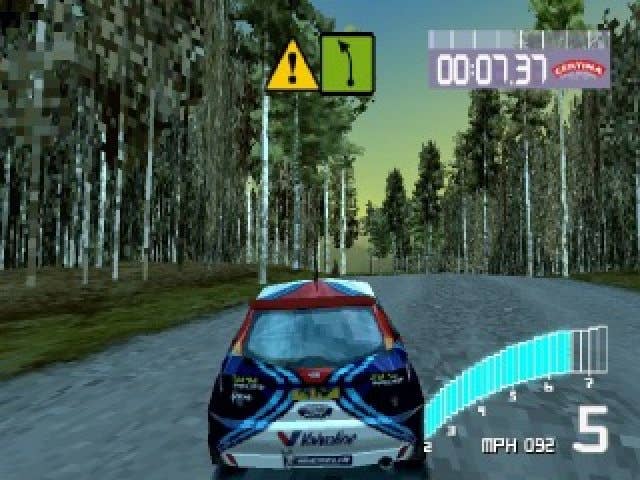
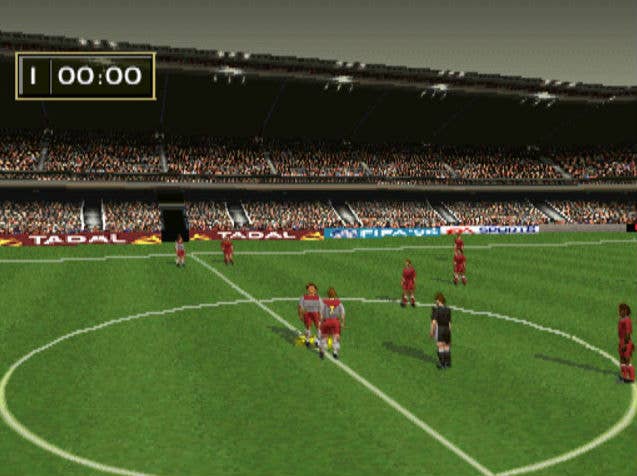

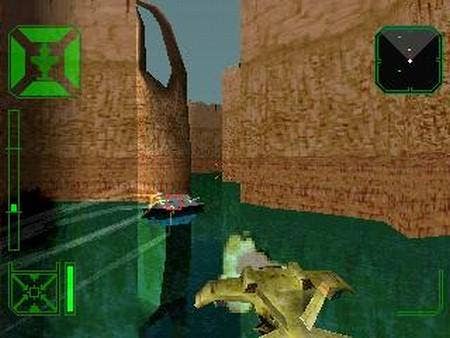
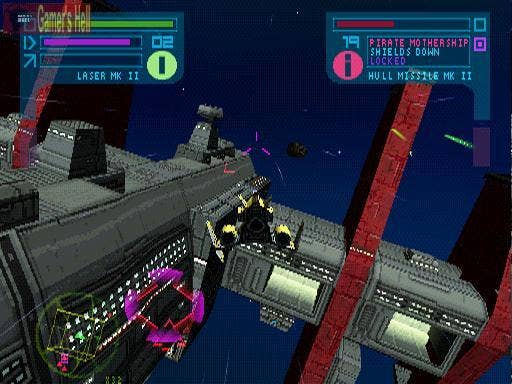
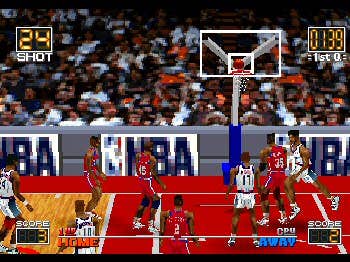


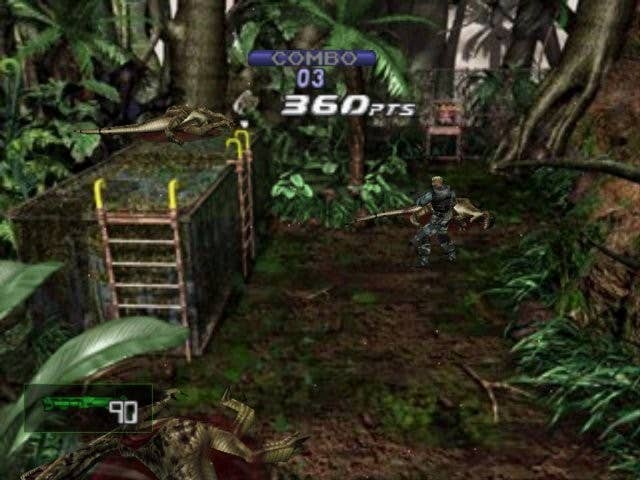
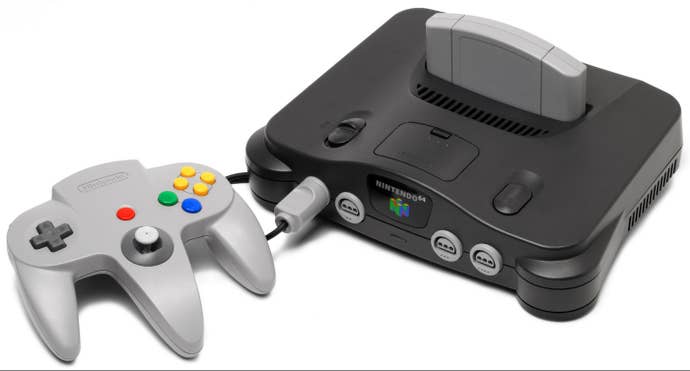
Nintendo 64
Ah, the Nintendo 64. It launched on September 29, 1996 with only two games: Super Mario 64 and Pilotwings 64. Luckily for Nintendo, Super Mario 64 for was really good. System sales were a far cry from the PlayStation's final total of 102 million, but the Nintendo 64 wow-ed nearly 33 million people, which put the system well ahead of the Saturn. The Nintendo 64 was Nintendo's lead platform on the market for a respectable five years.

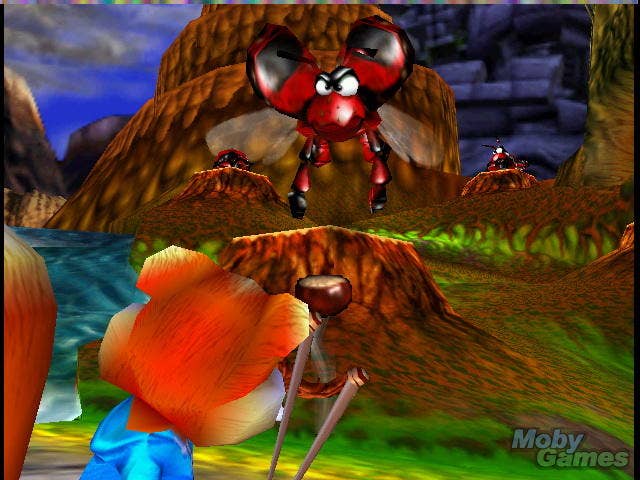
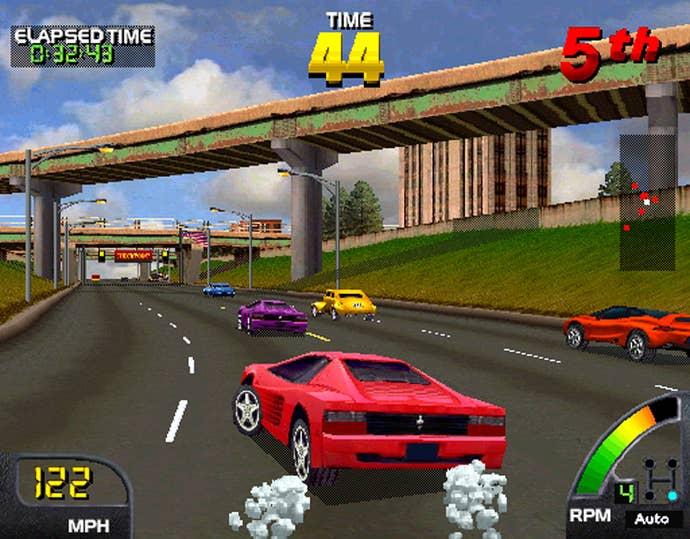
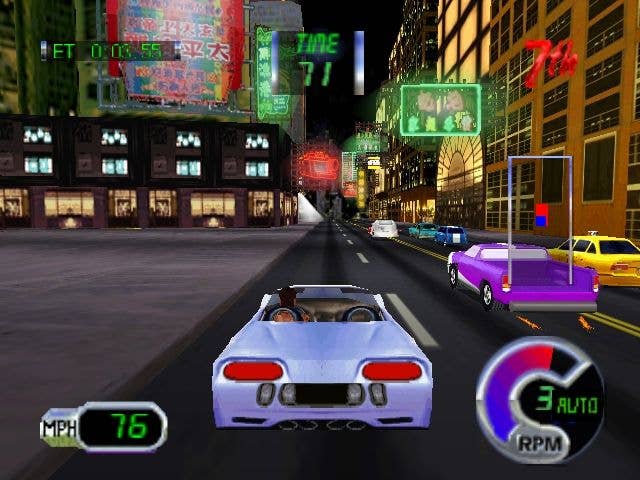
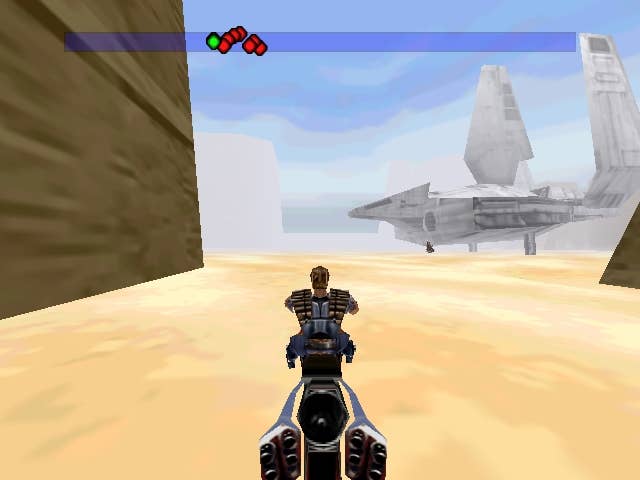
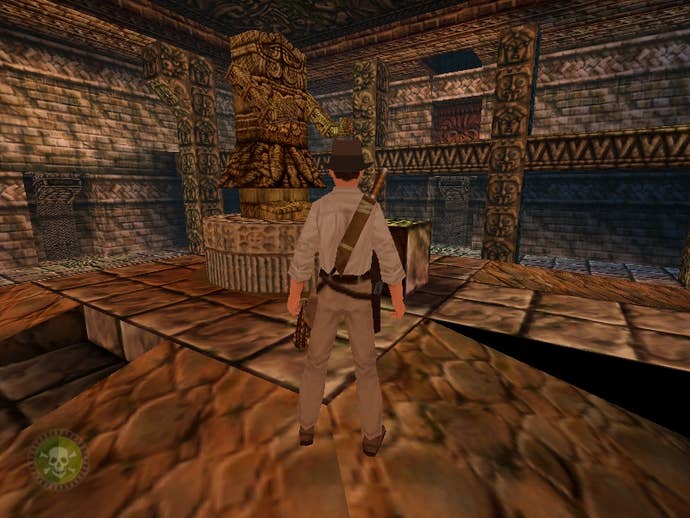
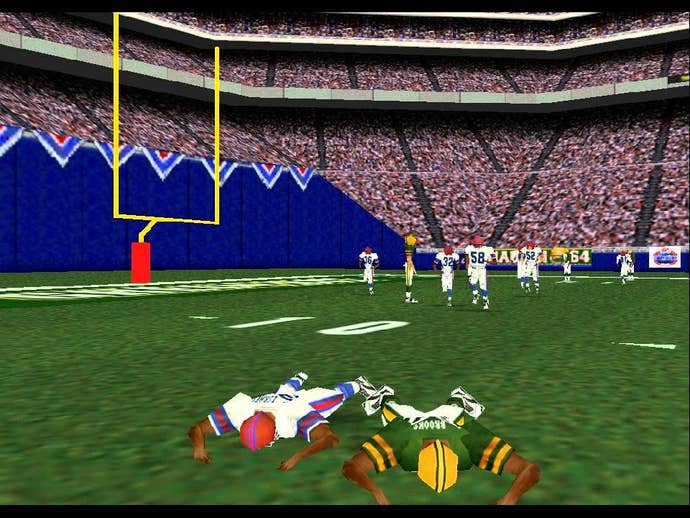
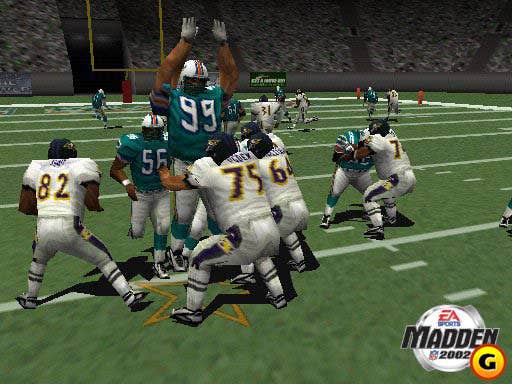
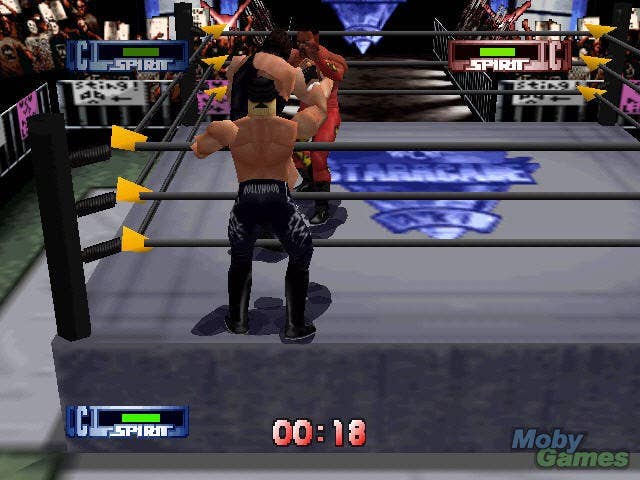

Generation 6
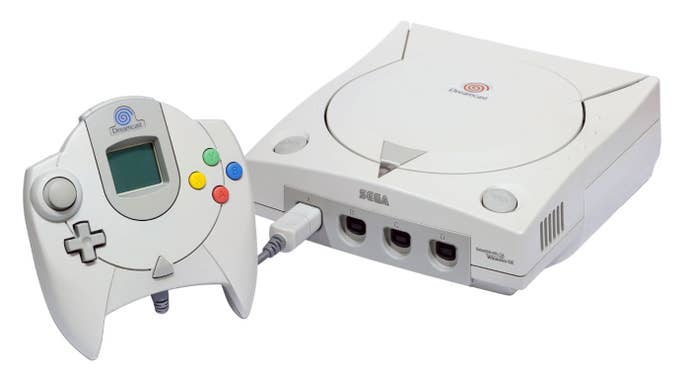
Sega Dreamcast
The Sega Dreamcast was Sega's last hurrah as a platform holder. The poor system was ahead of its time when it launched on September 9, 1999. It had new games, multiplatform titles that looked better than the competition, and it was the first console support online multiplayer. It had a great launch lineup in North America, including Sonic Adventure, Soulcalibur, Power Stone, NFL 2K, and House of the Dead 2. Hell, in 1999 alone, there were 54 titles for Sega Dreamcast! Sadly, it wasn't enough to save the system. Sega discontinued the console and gave up its spot in the console wars a mere two years after the Dreamcast's launch.

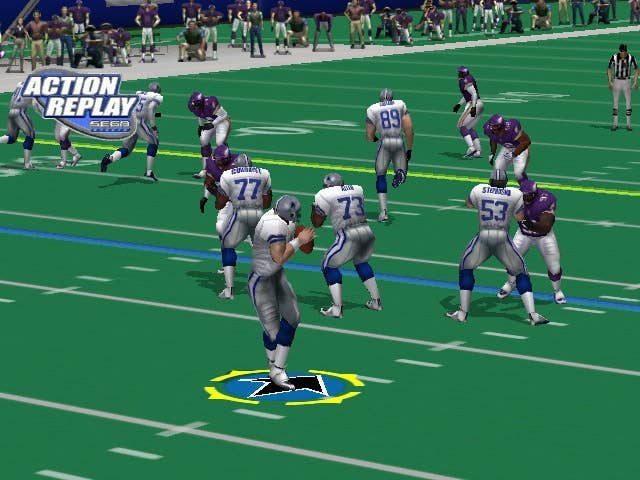
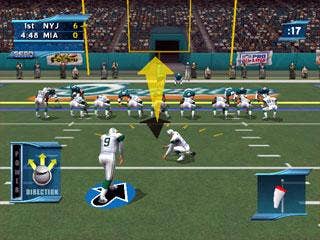
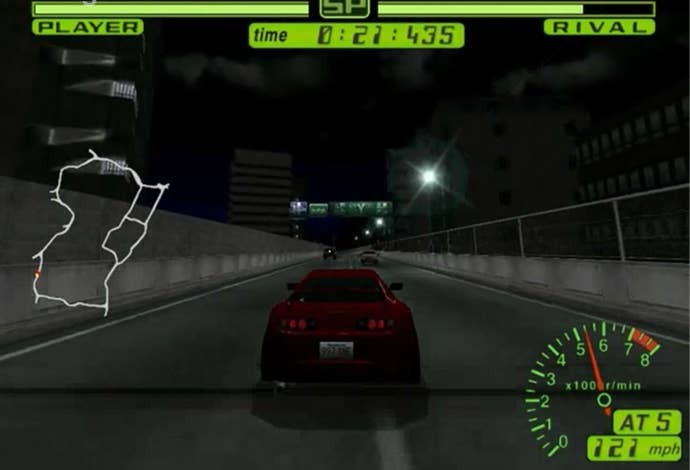
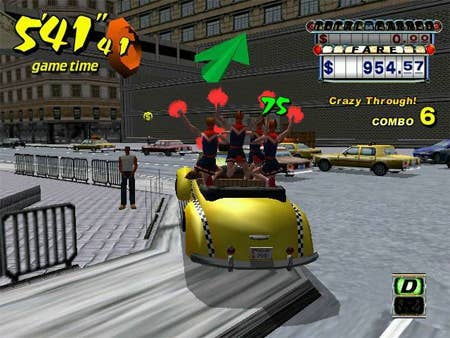
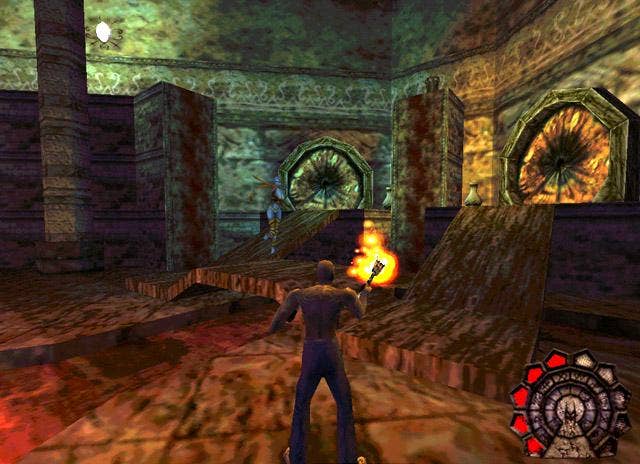
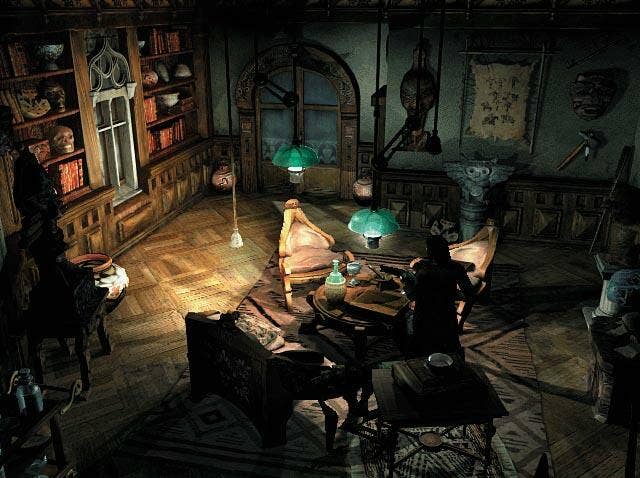
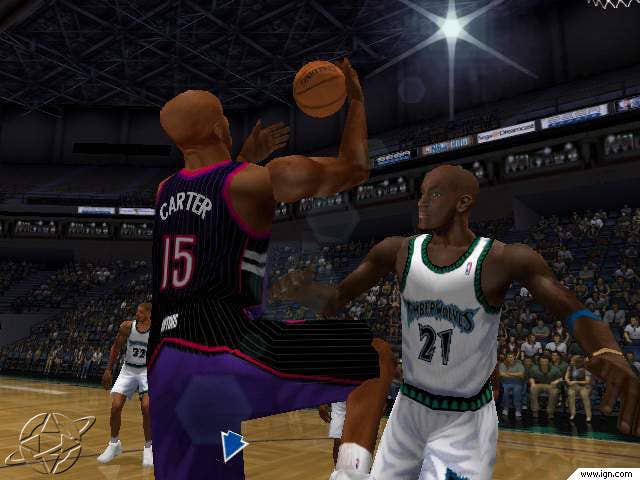
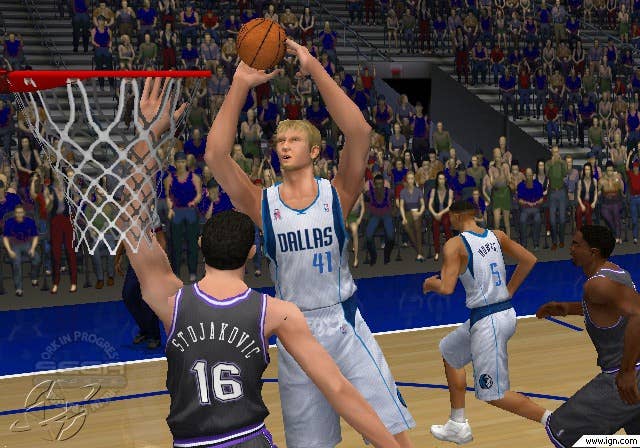
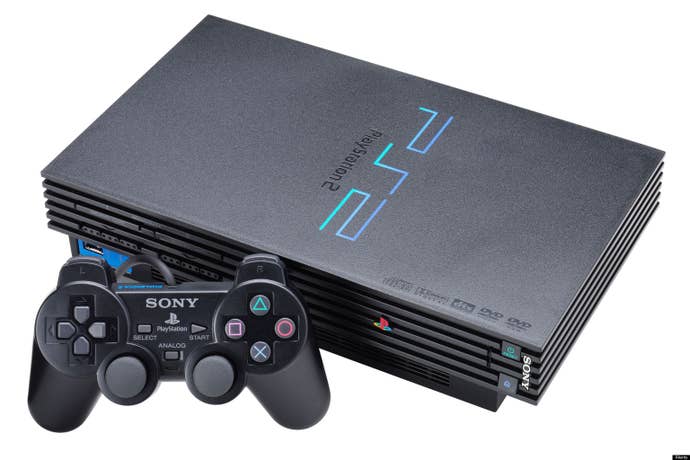
Sony PlayStation 2
And here's the king: Sony's PlayStation 2. The console that was so popular that EA is still releasing FIFA 14 for PS2 this year. Sony followed up on the success of the PlayStation with this monster on October 26, 2000. The system had 28 launch titles, so if you needed a game the PS2 had it. Titles included Armored Core 2, SSX, TimeSplitters, Tekken Tag Tournament, and Ridge Racer V. Sony introduced its next console in 2006, but the PlayStation 2 kept on selling well past that date.


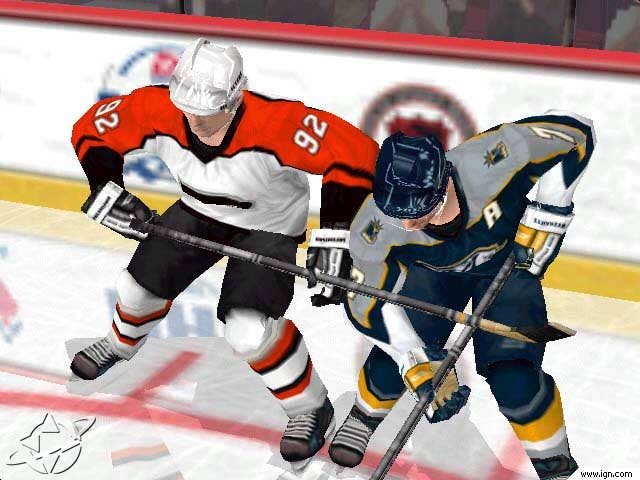
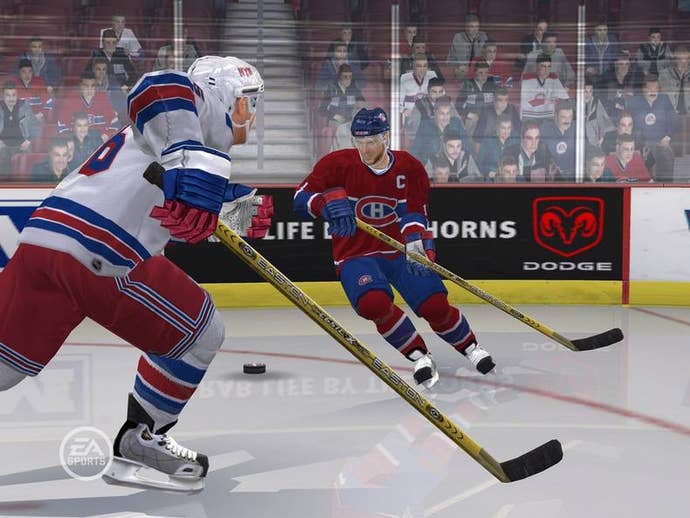
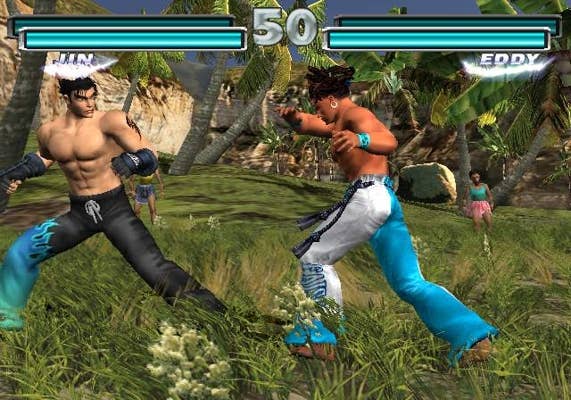

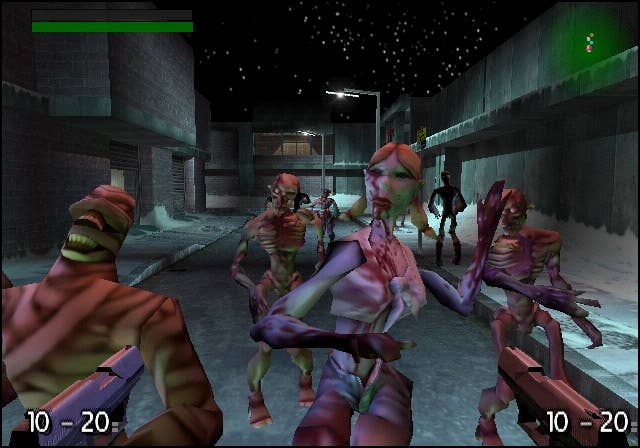

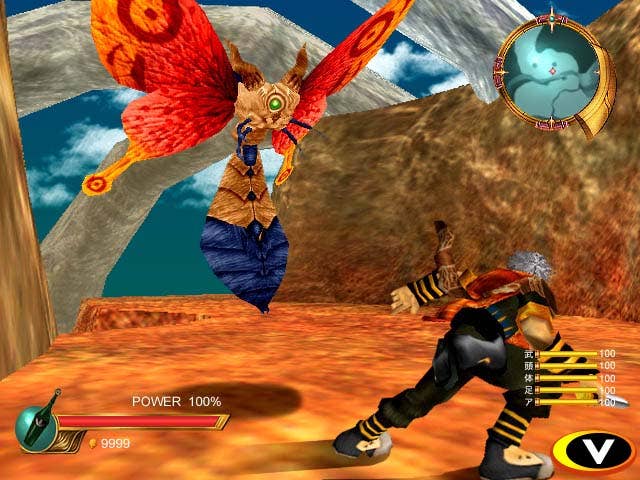
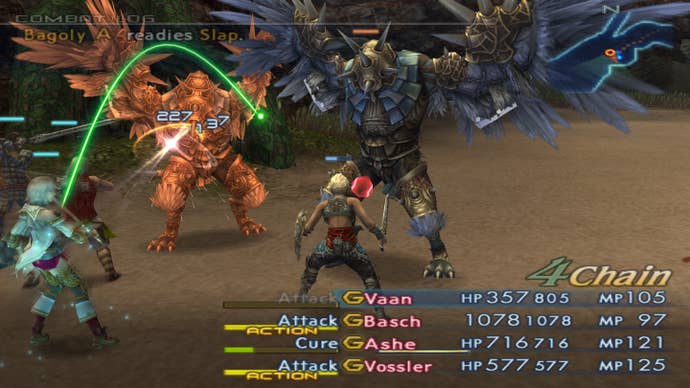


PlayStation 2 Cross-Generation
Here you can see a few titles that were released on the PlayStation 2 and the PlayStation 3 when the latter system launched in 2006.


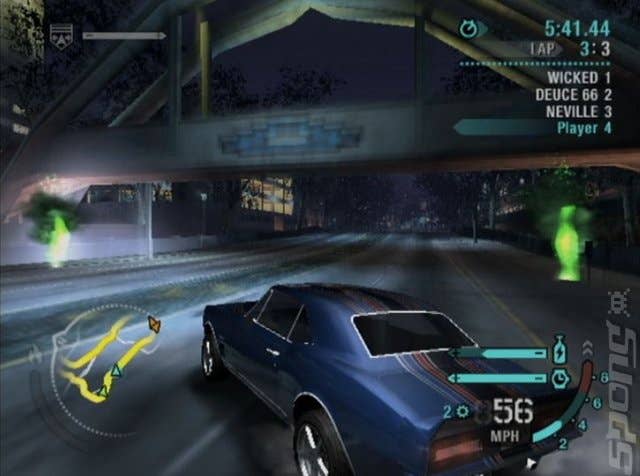
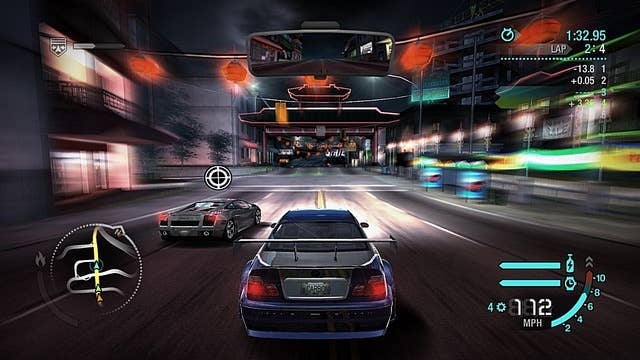

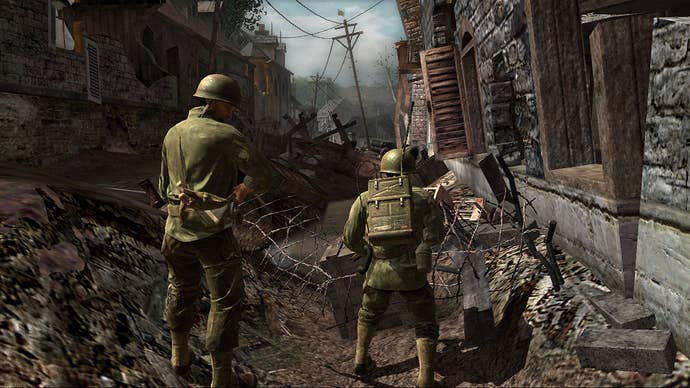

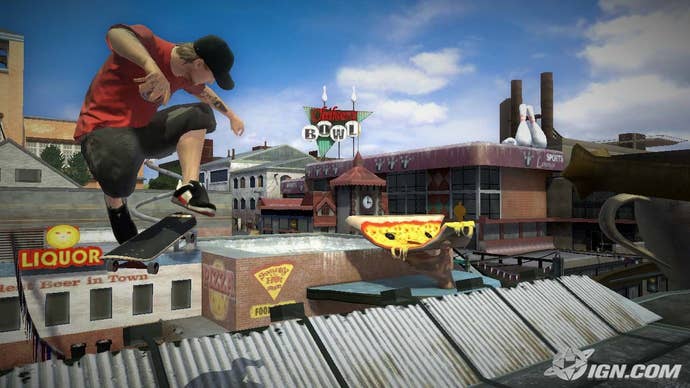
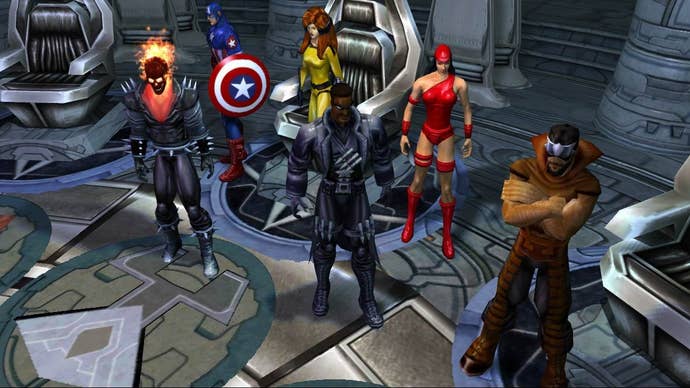
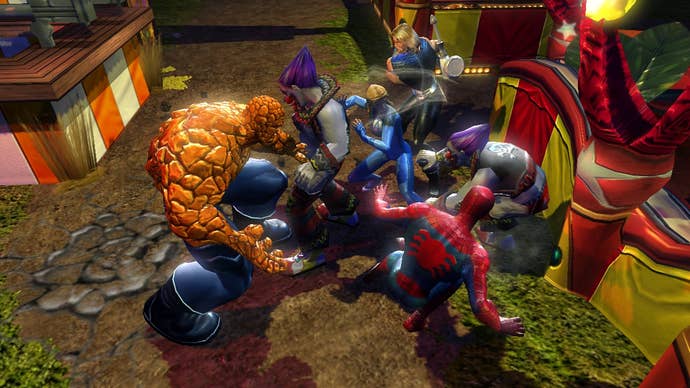
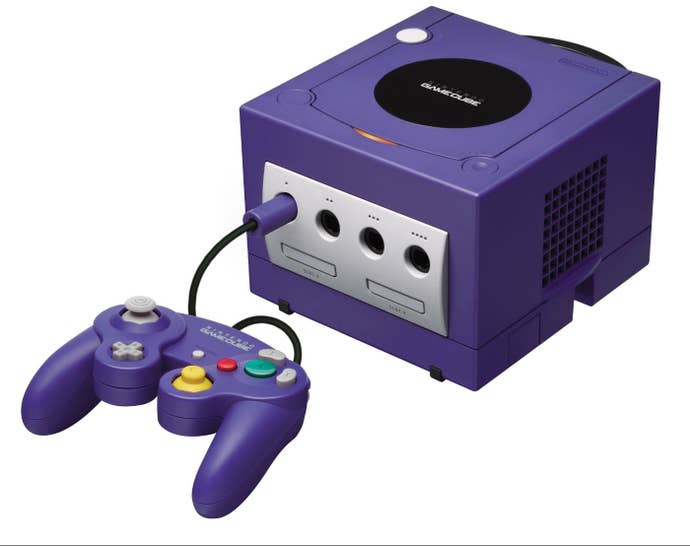
Nintendo GameCube
Now we turn to the Nintendo Wii cut in half (insert rimshot). The Nintendo GameCube was a purple oddity with a weird controller. Like the Dreamcast before it, the system was technically superior to its competition, but it still took the third place slot right behind the Xbox. This was also the first Nintendo system with Sega's weight behind it: the GameCube had 13 launch titles including Crazy Taxi, Luigi's Mansion, Star Wars Rogue Squadron II: Rogue Leader, Super Monkey Ball, and Wave Race: Blue Storm. The Gamecube launched on November 18, 2001 and was Nintendo's primary console until five years later.



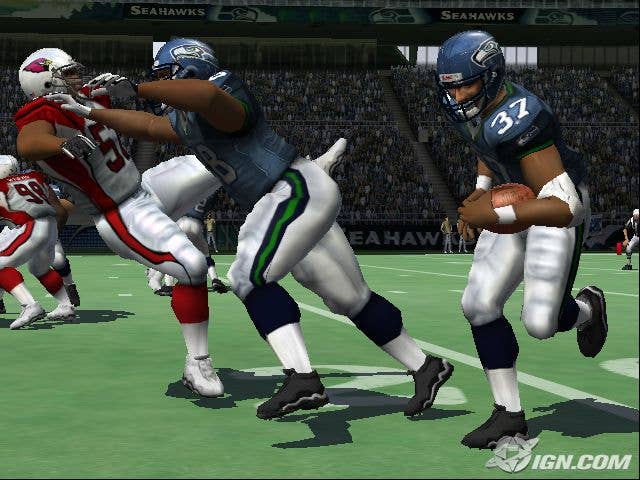
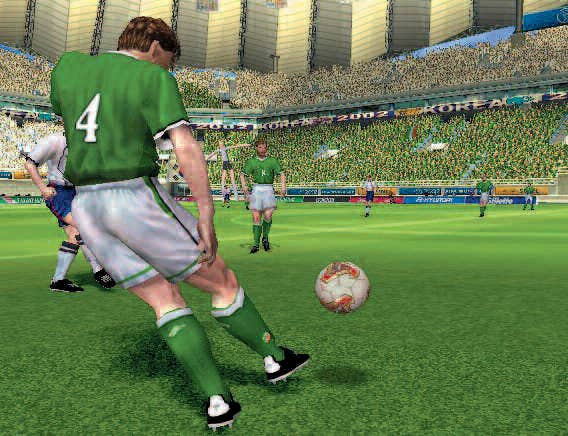

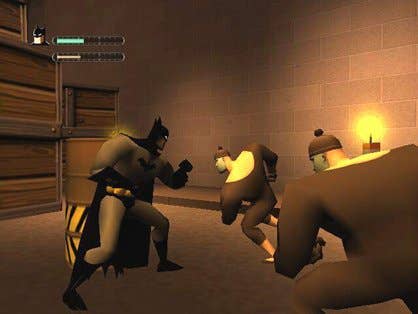
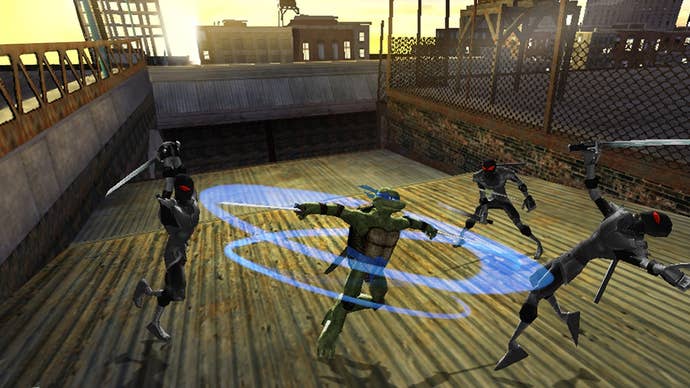
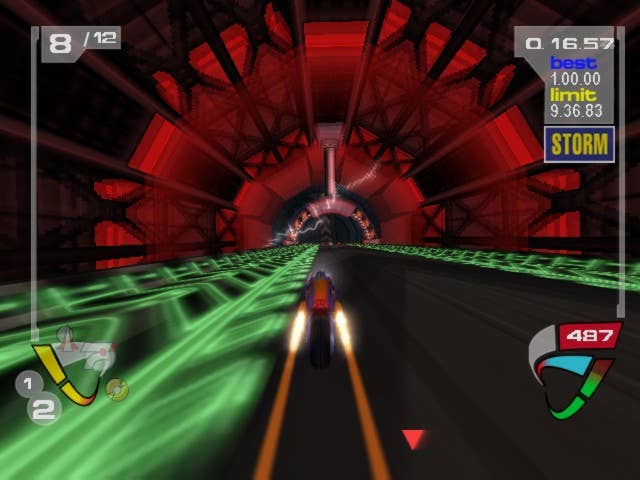

GameCube Cross-Generation
Here you can see a few titles that were released on the GameCube and the Wii when the latter system launched in 2006.



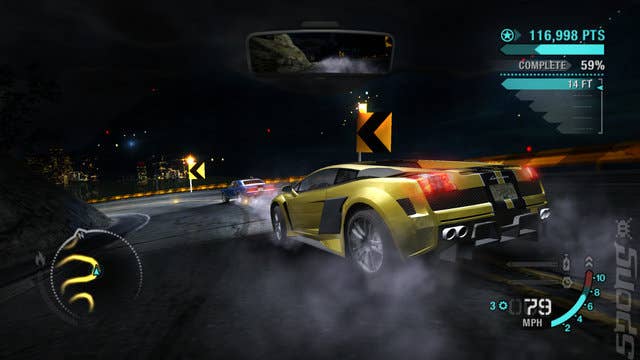

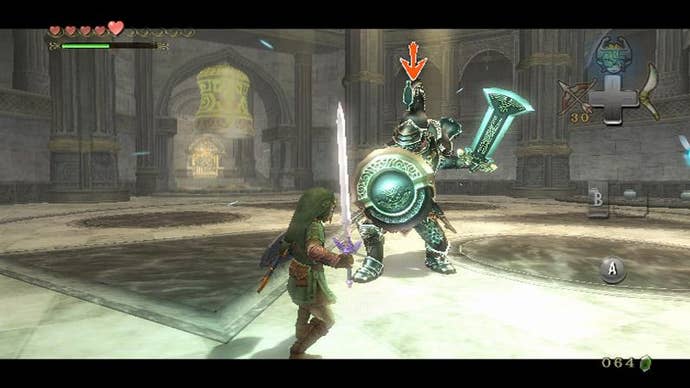
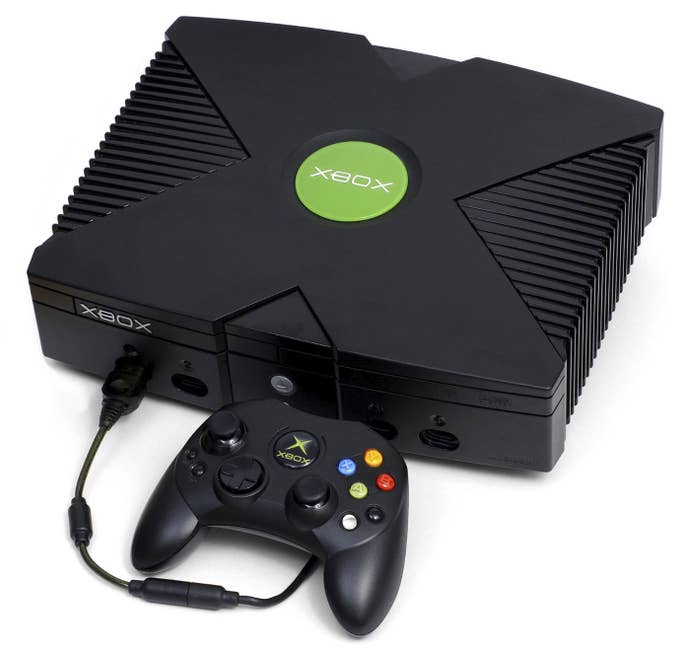
Microsoft Xbox
The Xbox was Microsoft's first attempt at repeating the success of Sony's entry into the console market. The large, black monolith was released on November 15, 2001. The Xbox didn't approach the PlayStation 2's sales numbers, but the console was enough to get Microsoft's foot in the door. It's launch wasn't as impressive as the PlayStation 2's with only 14 games, but it did have some great titles: Halo, Dead of Alive 3, and Project Gotham Racing. It's followup came four years later in the form of the Xbox 360.
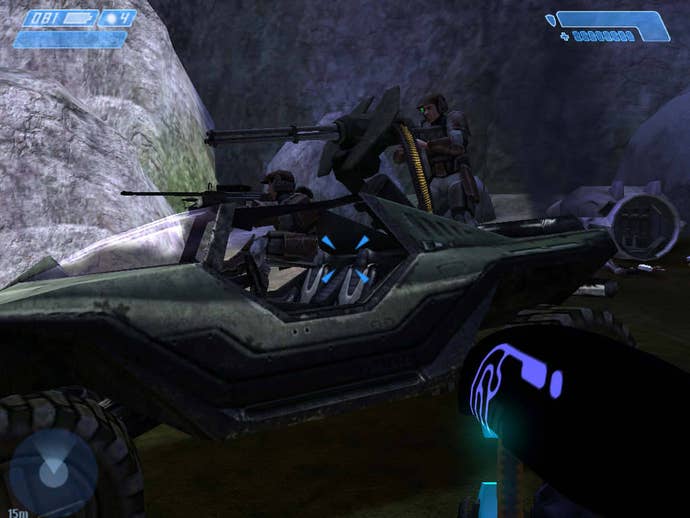
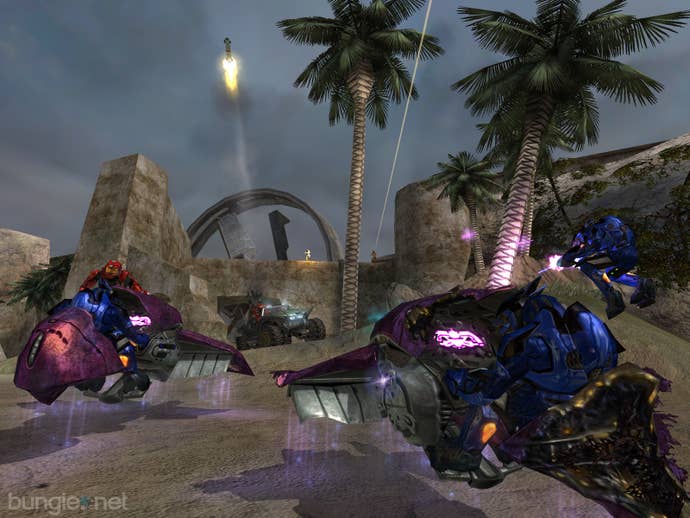


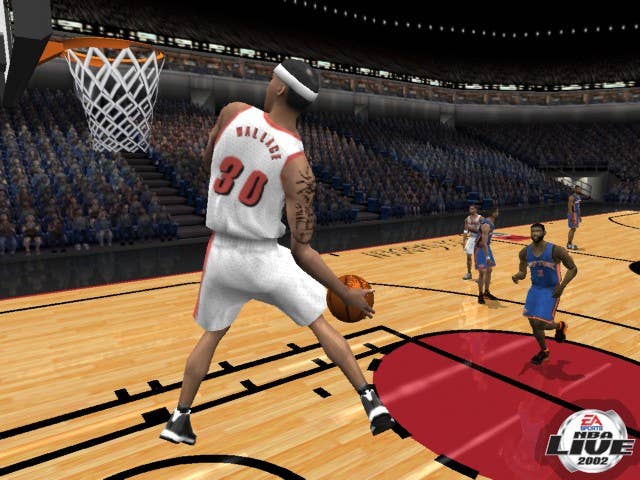

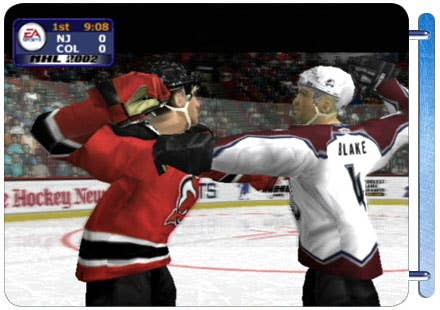

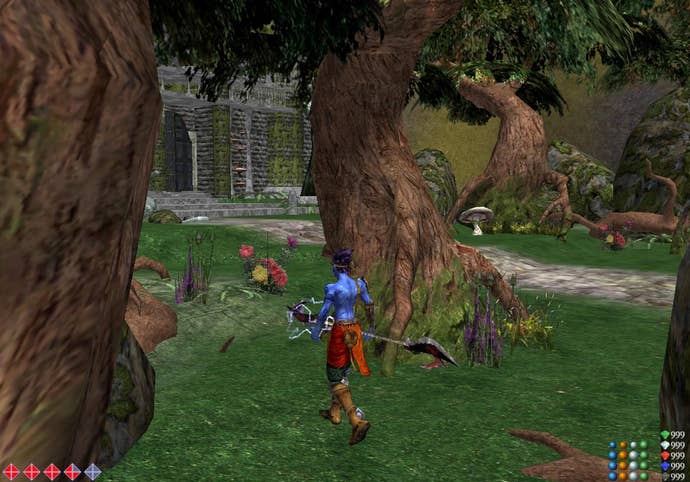
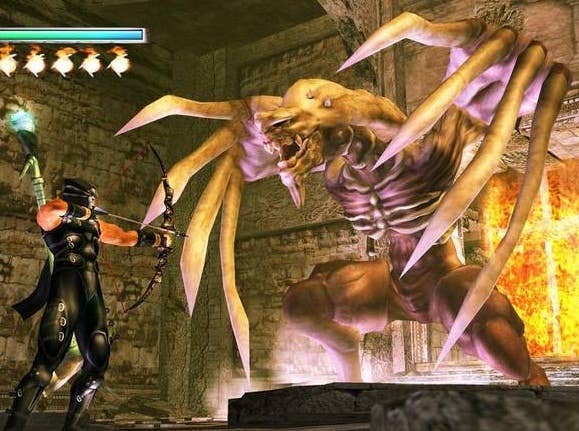

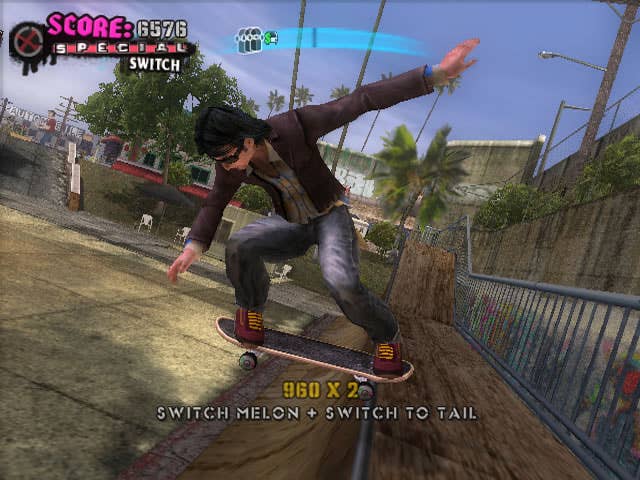
Xbox Cross-Generation
Here you can see a few titles that were released on the Xbox and the Xbox 360 when the latter system launched in 2005.
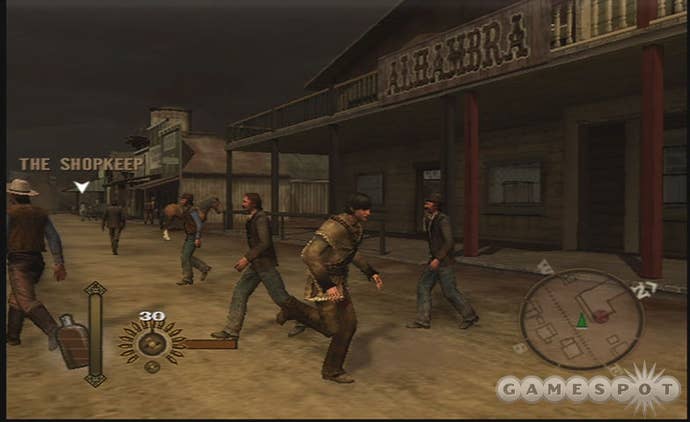
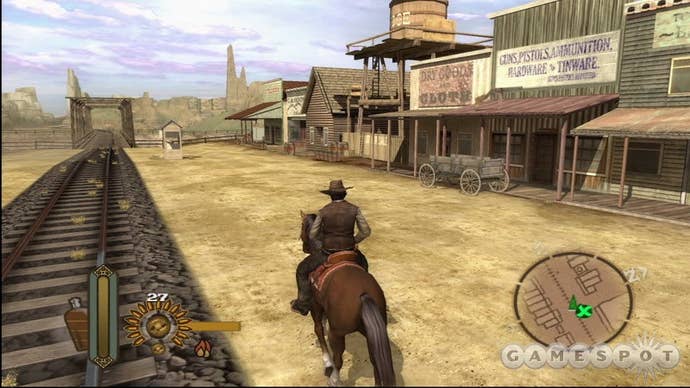
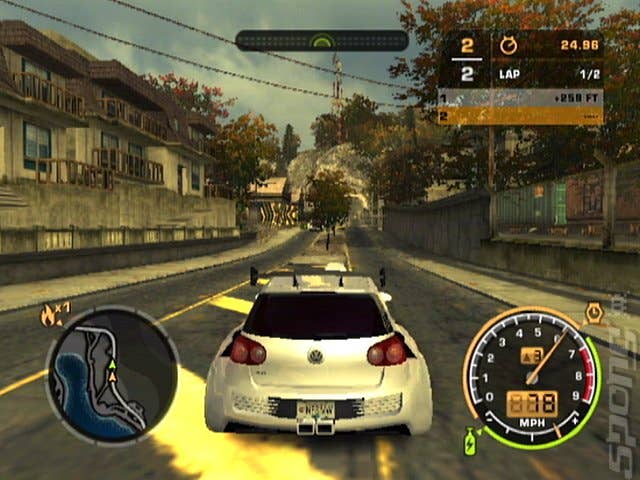
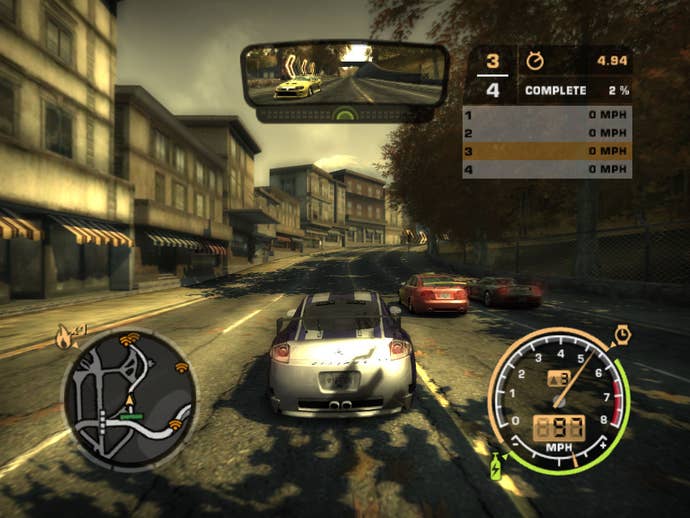

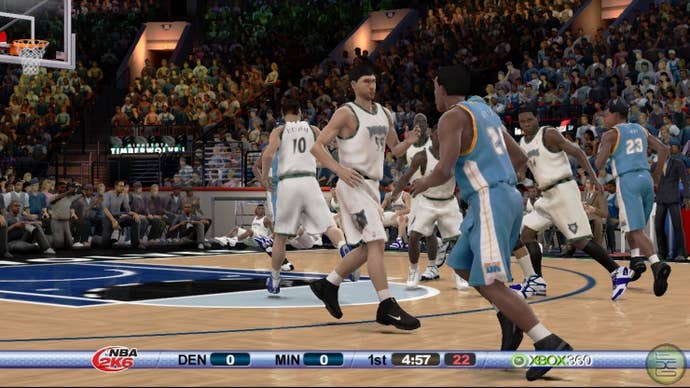
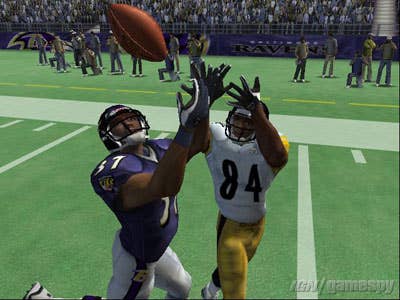
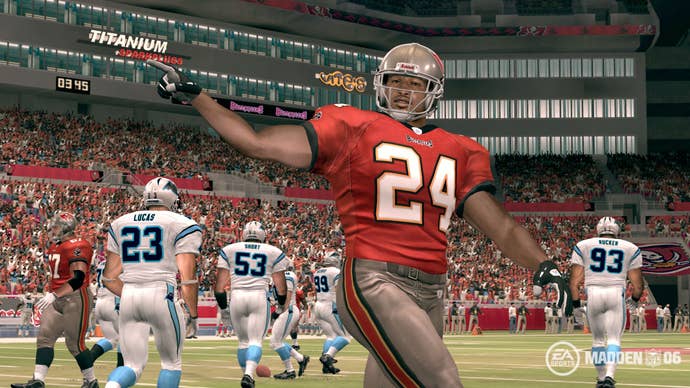
On tomorrow's Next-Gen Graphics, we'll cover generation 7, meaning the PlayStation 3, Xbox 360, and Wii you have in your homes right now.
Images sourced from Terre De Jeux, MobyGames, Tigmo, Games Database, Fighters Generation, Obsolete Gamer, GameGavel, IGN, GameFAQS, TeamXbox, and GameSpot. There could even be more. It's 115 images of old games, folks.









